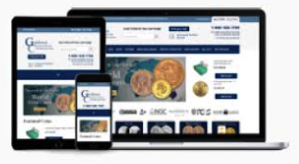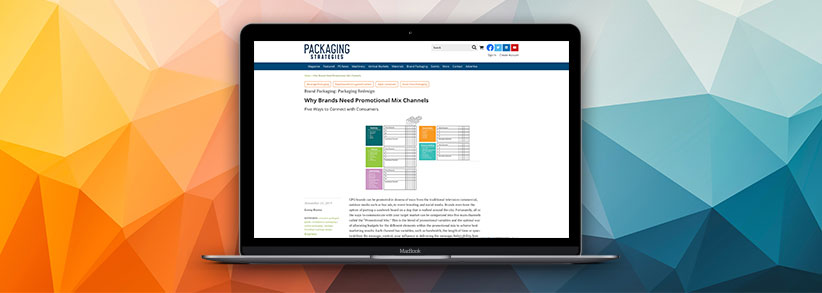After more than 30 years of working with the media to create powerful stories for our clients, one thing is abundantly clear. To consistently get great publicity, your message must resonate with the people who are watching, reading or listening. Our Founder and CEO Lonny Kocina did a beautiful job of applying this concept, in this article for a trade publication called Packaging Strategies.
In his book, “The CEO’s Guide to Marketing,” Lonny describes the four market segmentation strategies. Media Relations generally follows an undifferentiated strategy, meaning our entire market is treated as one group. We’ve represented thousands of clients in nearly 100 industries. However, there are also times when using a concentrated strategy – focusing on one submarket – makes more sense.
We use a concentrated strategy when we want to teach a very specific group of people about marketing. Similarly, a cough syrup manufacturer might use an undifferentiated strategy to cast the widest net at the start of cold and cough season. But they might also specifically aim their PR at families with young children going back to school, since kids tend to bring home colds and sniffles as well as homework. That’s a great publicity strategy.
In this Packaging Strategies article, Lonny was writing to the consumer packaged goods (CPG) industry. He explained how readers can apply step 3 of his Strategically Aimed Marketing process (selecting the right promotional channels) to their business. He then described the pros and cons of each channel: publicity, websites, social media, advertising and personal selling.
“CPG brands can be promoted in dozens of ways from the traditional television commercial, outdoor media such as bus ads, to event branding and social media. Brands even have the option of putting a sandwich board on a dog that is walked around the city. Fortunately, all of the ways to communicate with your target market can be categorized into five main channels called the Promotional Mix,” he wrote.
Here’s what Lonny wrote about publicity’s pros and cons:
“Brand Publicity Pros
Nothing outsells good media coverage. Its massive audiences and storytelling format are two big pluses. Consumers actively listen, and it’s inexpensive. Add the bragging rights of third-parties relaying positive attributes about your brand and the distinct possibility that most of your competitors aren’t getting much coverage, and you have arguably the most powerful promotional channel on the planet.
It’s surprising how few brand owners have fallen short on getting media coverage for their CPG products. When you study the history of iconic, profitable brands, you’ll almost always find media coverage played an integral role in their success.
Brand Publicity Cons
Media coverage does have cons. It cannot be scheduled and it is not possible to have absolute control over the message. But that’s OK. Common sense will tell you, if a media story about your brand has popped up in key markets all year long, they would surely impact year-end numbers.”
Since Lonny’s book was first published and became a best-seller, we’ve been contacted by numerous business owners and marketing managers who are enthusiastically following the Strategically Aimed Marketing (SAM 6®) process. They also praise the complimentary SAM 6 tools and a free implementation companion manual on our website. It’s so much fun talking with them about this process!
I’m happy to answer any questions you may have about SAM 6, and of course about creating a customized publicity campaign for your product or service. Call me at 952-697-5269 or use this contact form.







